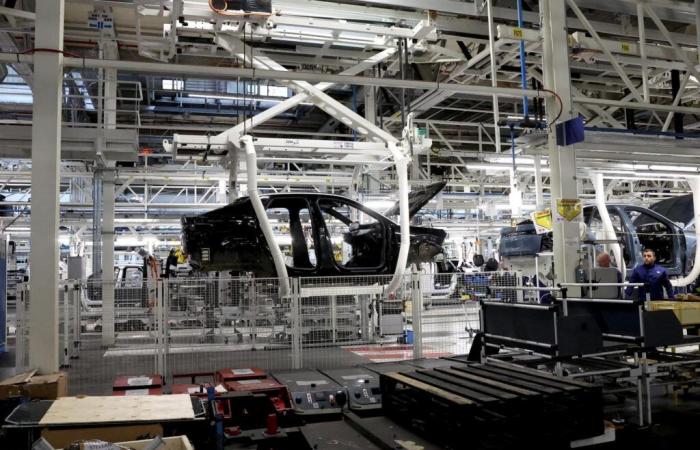Cow to reindustrialize France? The question is not new but the current context requires us to re-examine the policies implemented. Because it is not only a question of supporting the timid movement of reindustrialization – the indicators remain ambivalent on the subject – but above all of supporting an industry faced with intensifying international competition and ruptures in technologies, policies climate and international relations.
Added to this is the constrained budgetary context, in which it is difficult to see how efforts could save businesses. Until recently, in the wake of supply-side policy, public policies in favor of industry took the form of untargeted budgetary measures, which contributed to the public deficit since a certain number of reductions in Taxes and contributions explicitly have the aim of reindustrialization or competitiveness. With the idea that tax cuts would be financed by increased activity.
Today, these untargeted policies can hardly remain the alpha and omega of industrial policy. The context leads us to question them and target interventions linked to the specificities of industrial activities. This is the turning point that the United States took in 2022, with the Inflation Reduction Act and the Chips Act, which subsidize the green and microprocessor sectors. This is also what the green industry law did in France. The relaxation of rules on state aid within the European Union provides new room for maneuver for this.
Activities set to disappear
In this new context, two issues appear fundamental for the industry: the necessary ecological bifurcation and adaptation to a more conflictual international environment.
The ecological transition raises two different types of issues for the industry: supporting the decarbonization of industrial processes and bringing about new sectors and actors enabling the decarbonization of other sectors of the economy, such as transport, housing or electricity production. .
The first issue raises questions of competitiveness, for industries that emit high levels of greenhouse gases (chemistry, metallurgy or construction materials). It is first of all on these large emitting industrial sites that public support must make it possible to make the investments necessary for decarbonization. Ensuring a level playing field is also necessary for long-term investment planning; the carbon border adjustment mechanism is a first measure in this direction. For other industrial sectors, its extension will have to be considered depending on the effects of its implementation.
You have 51.51% of this article left to read. The rest is reserved for subscribers.
Business






